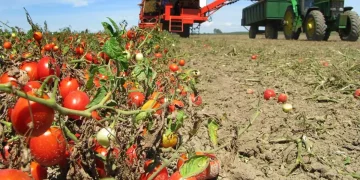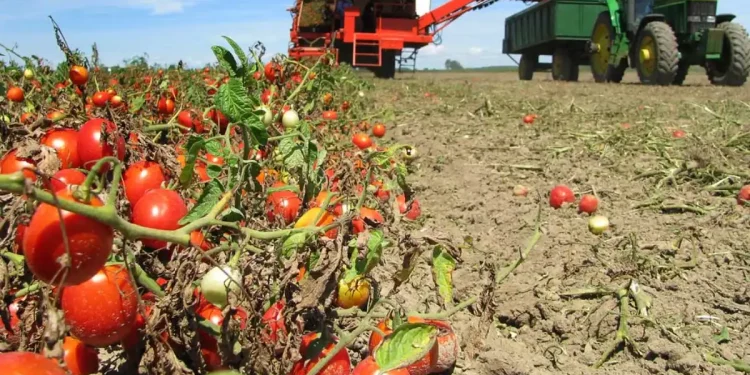Explore the agricultural advancements in Dagestan as the region expands its open-field vegetable cultivation by a significant margin. This article highlights the latest data on the increased agricultural land and its implications for farmers, agronomists, agricultural engineers, farm owners, and scientists involved in the field of agriculture.
In a remarkable development for the agricultural sector, the region of Dagestan has witnessed a substantial increase in the area dedicated to open-field vegetable cultivation. According to the latest data from glavagronom.ru, Dagestan has expanded its agricultural land for open-field vegetable crops by an impressive 16%. This article delves into the significance of this expansion and the potential impact it holds for various stakeholders in the agricultural industry.
The expansion of open-field vegetable cultivation in Dagestan signifies a significant commitment to agricultural growth and productivity. With the increased land area, farmers in the region have greater opportunities to diversify their crop selection and meet the rising demand for fresh vegetables. This expansion not only bolsters the local economy but also contributes to regional food security.
By allocating more land to open-field vegetable cultivation, Dagestan can harness the advantages of open-air farming. Open-field agriculture offers benefits such as ample sunlight, natural rainfall, and improved air circulation, which can positively impact crop growth and overall yield. This expansion also allows for enhanced crop rotation practices, reducing the risk of diseases and pests, and promoting soil health.
The latest data indicates that the 16% increase in open-field vegetable cultivation area in Dagestan has contributed to the growth of the agricultural sector in the region. Farmers have reported higher yields and increased profits, while consumers have access to a wider range of locally grown, fresh vegetables. Additionally, this expansion has opened avenues for employment and economic development, benefiting the local communities.
In conclusion, Dagestan’s expansion of open-field vegetable cultivation by 16% is a significant stride in the region’s agricultural landscape. This development not only strengthens the local agricultural sector but also holds promising implications for farmers, agronomists, agricultural engineers, farm owners, and scientists involved in agriculture. As Dagestan continues to prioritize agricultural growth, the expansion of open-field vegetable cultivation sets the stage for increased productivity, economic prosperity, and sustainable food production.
Tags: Agriculture, Open-Field Cultivation, Vegetable Farming, Agricultural Expansion, Crop Yield, Crop Rotation, Food Security, Economic Development, Sustainability.
































